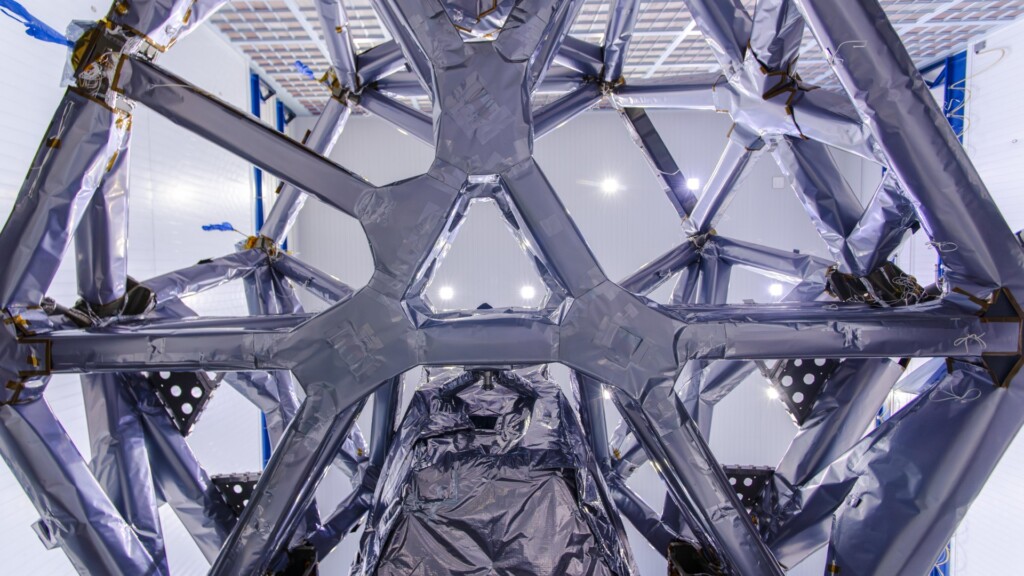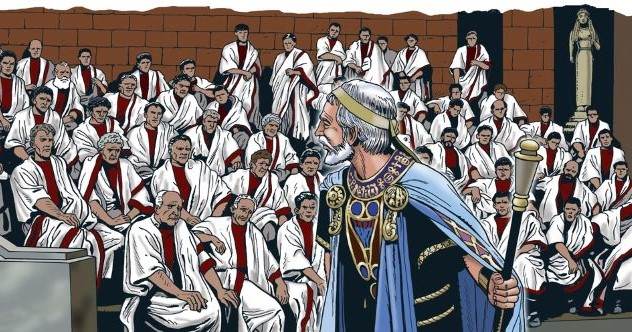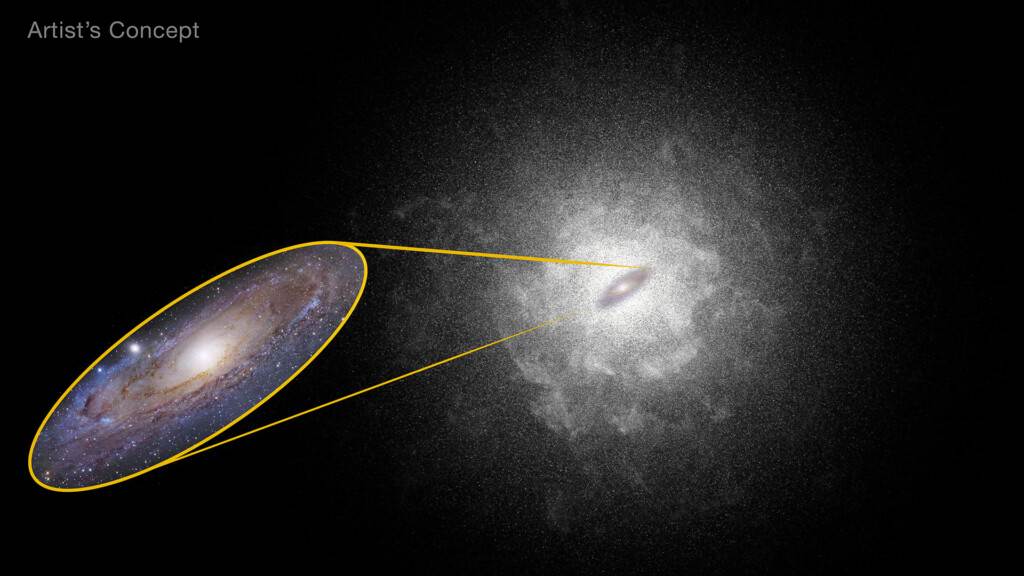Tag Archives: Roman
NASA’s Roman space telescope gets ready to stare at distant suns to find alien planets
NASA Space Technology The Roman Coronagraph is integrated with the Instrument Carrier for NASA’s Nancy Grace Roman Space Telescope in a clean room at NASA’s Goddard Space Flight Center in Greenbelt, Md., in October 2024.(Image credit: NASA/Sydney Rohde)In a clean room at NASA's Jet Propulsion Laboratory in Southern California, scientists have successfully integrated a crucial component onto the Roman Space Telescope. This device, known as the Roman Coronagraph Instrument, is designed to block starlight, enabling scientists to detect the faint light from planets beyond our solar system.This achievement marks a significant milestone for NASA's Nancy Grace Roman Space Telescope, a next-generation space observatory that will launch around May 2027. With a field of view at least 100 times larger than that of the Hubble Space Telescope, Roman will be used to investigate scientific mysteries related...
10 Shocking Roman Assassinations That Inspired the Ides of March
Politics tamfitronics In the Ancient Roman calendar, the Ides was the 15th day of the month that marked the full moon’s arrival. However, after March 44 BC, it forever represented a milepost in Roman politics. On that day, while attending a meeting in the Senate, Julius Caesar was stabbed to death by over 40 knife-wielding senators. The aftermath of the murder, ironically carried out to safeguard the Republic, led to the rise of Roman imperial rule, with Caesar’s grandnephew, Octavian, serving as its first emperor. Of course, Caesar’s assassination and the events of the Ides of March have been seared into our minds thanks to literature and popular culture. However, this list doubles back to a century before the event to forecast a callous political atmosphere that culminated in Caesar’s body lying on the Senate...
NASA’s Roman Space Telescope to Investigate Galactic Fossils
NASA Space Technology The universe is a dynamic, ever-changing place where galaxies are dancing, merging together, and shifting appearance. Unfortunately, because these changes take millions or billions of years, telescopes can only provide snapshots, squeezed into a human lifetime.However, galaxies leave behind clues to their history and how they came to be. NASA’s upcoming Nancy Grace Roman Space Telescope will have the capacity to look for these fossils of galaxy formation with high-resolution imaging of galaxies in the nearby universe.Astronomers, through a grant from NASA, are designing a set of possible observations called RINGS (the Roman Infrared Nearby Galaxies Survey) that would collect these remarkable images, and the team is producing publicly available tools that the astronomy community can use once Roman launches and starts taking data. The RINGS survey is a preliminary concept that...
NASA Selects 5 New Roman Technology Fellows in Astrophysics
Technology tamfitronics NASA has awarded Nancy Grace Roman Technology Fellowships (RTF) to five early-career researchers in astrophysics for the class of 2023. The program will support the advancement of their ideas for new technologies to further the exploration of the universe.This annual fellowship gives researchers the opportunity to develop the skills necessary to become principal investigators of future astrophysics missions, and fosters new talent by putting early-career instrument builders on track towards long-term positions. Specifically, the fellowship facilitates the development of skills necessary to lead astrophysics flight instrumentation development projects, as well as the development of innovative technologies that have the potential to enable major scientific breakthroughs.“We saw higher numbers of strong applications for this class than in recent years, so we are especially honored to welcome this new group of five fellows,” says Mario...











